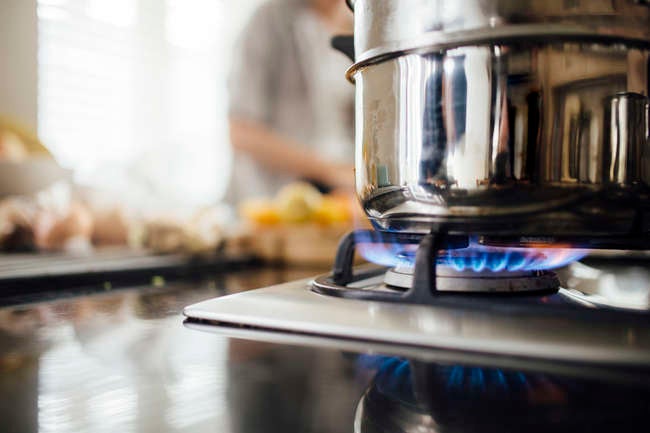We may earn revenue from the products available on this page and participate in affiliate programs. Learn More ›
Most home fires happen in the kitchen.
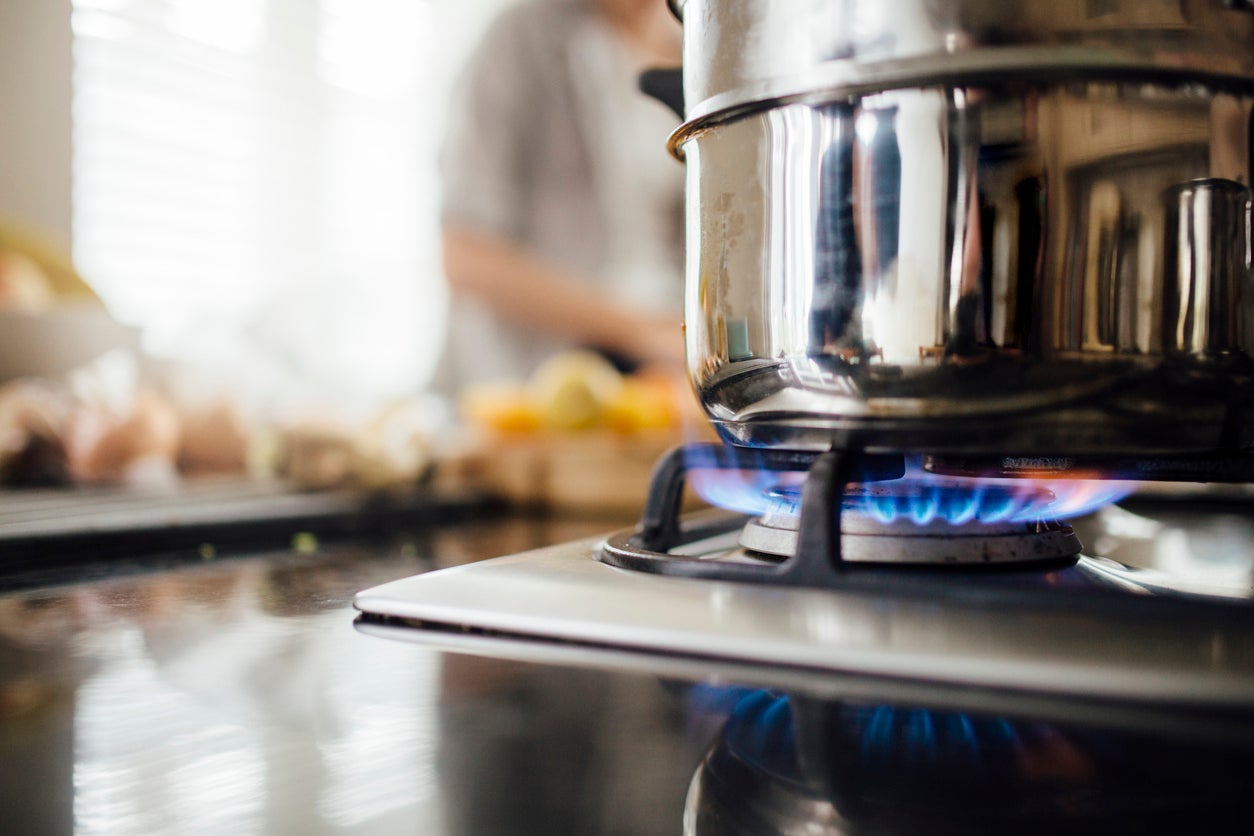
As families come and go from the home throughout the day, the kitchen serves as a main hub for fueling up. But with multitasking a major part of modern lifestyles, it can be all too easy to forget food cooking on the stove or in the oven, or neglect cleaning up properly after preparing a meal.
Considering most home fires happen in the kitchen, it’s important to ensure household members stay present when cooking. It also helps to know the biggest offenders when it comes to oven fires.
Make sure your oven is serviced, clean, and in good repair.
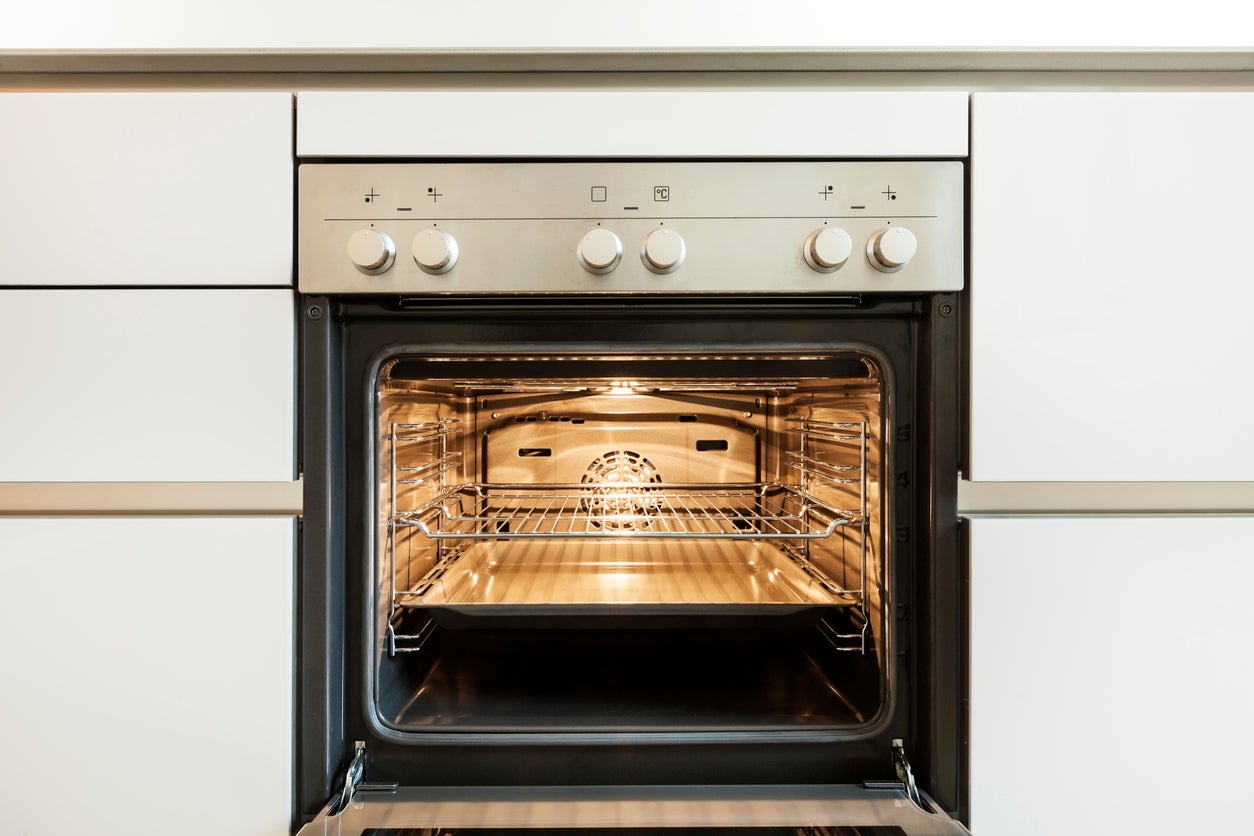
Do not leave the house while food is cooking in the oven.
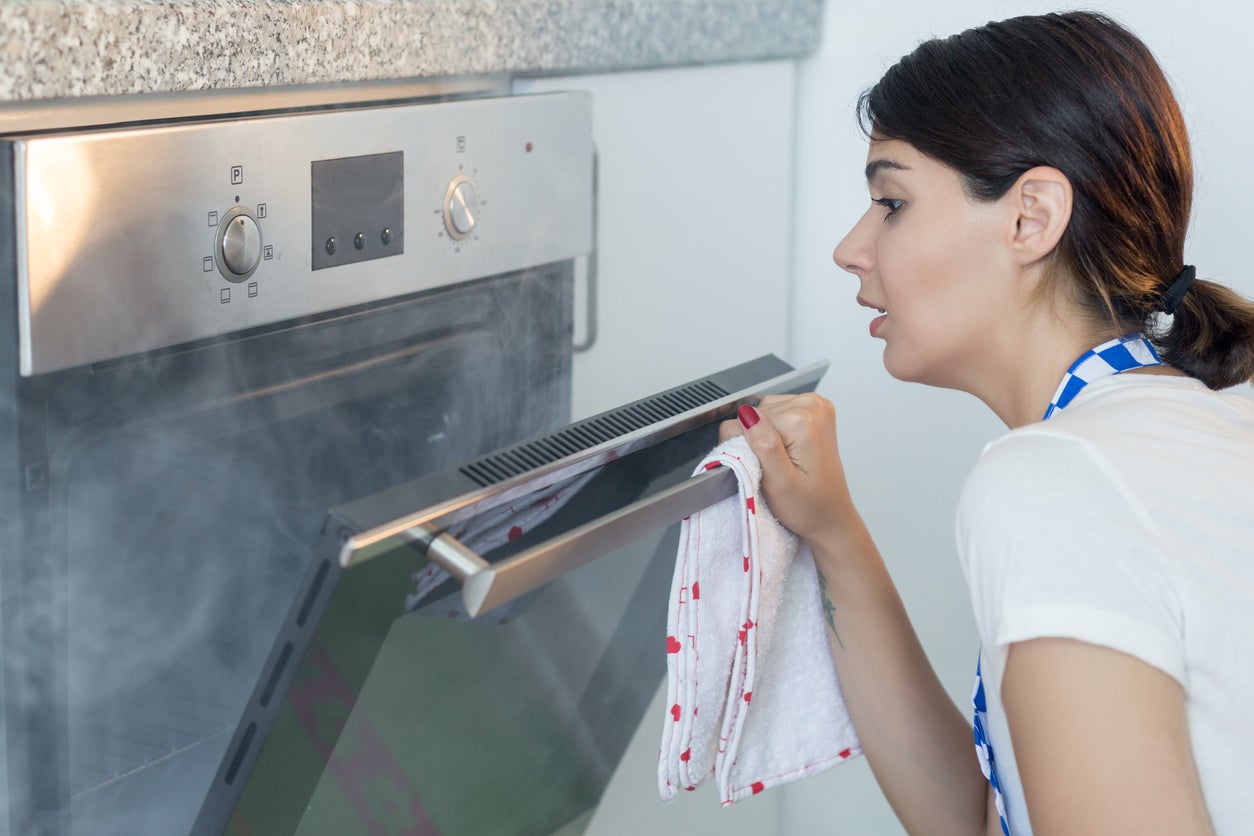
Unattended cooking is the leading cause of kitchen fires. Staying in the home ensures someone is aware of any odd smell, sound, or smoke that can signal a potential fire. Aside from leaving the home, falling asleep or consuming alcohol while cooking can lower alertness.
Related: 10 Emergencies Every Homeowner Should Know How to Handle
Put a cover on food that might splatter.
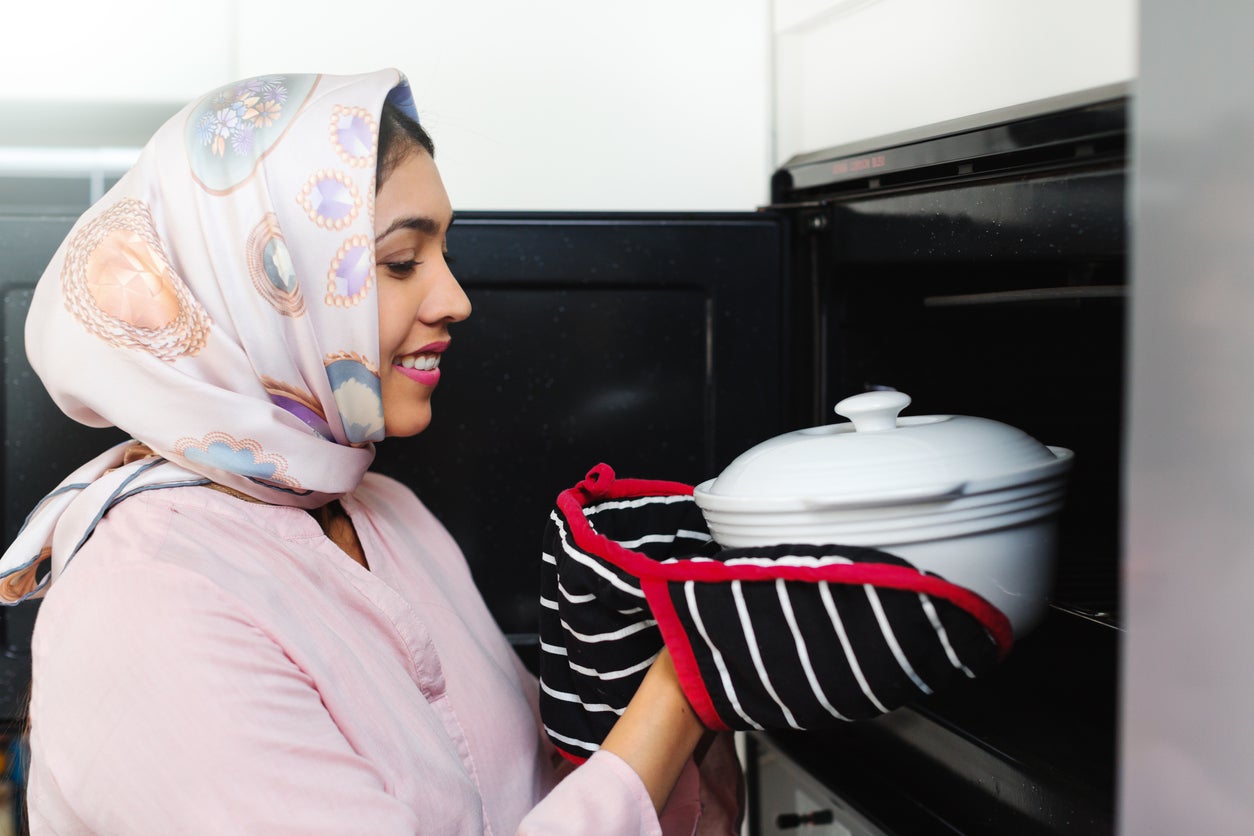
Keep grease from splattering all over the inside of the oven or the stovetop by using a splatter guard or cover. It will save time when cleaning up, and it can prevent stovetop or oven fires. Fat and grease splattering can cause a flame that leads to a small fire as well. It can take only a few minutes for a small grease fire to flare.
Install a smoke detector but not in the kitchen.
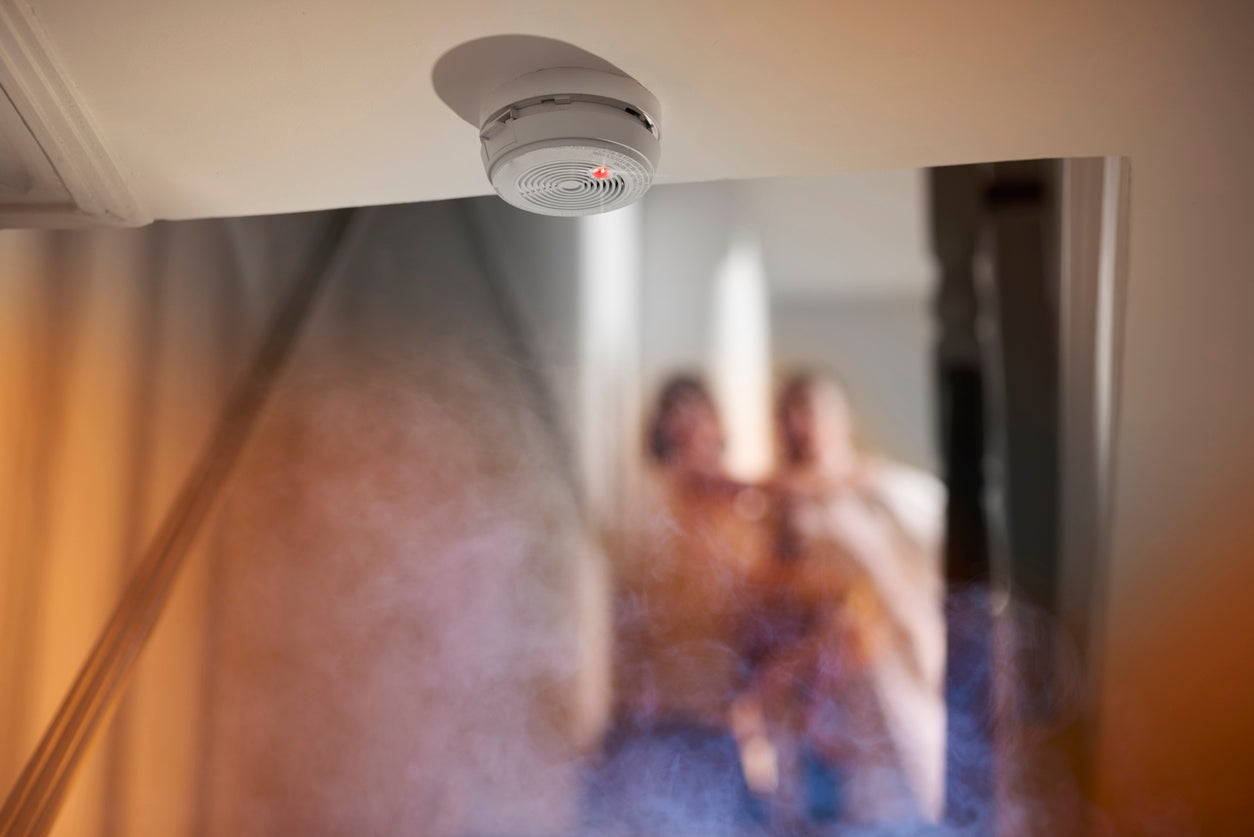
A surefire way to know something’s about to go south in the kitchen is the sound of a smoke alarm. Be sure to install alarms properly and locate them 6 to 20 feet away from any kitchen appliances to prevent false alarms. The shorter distance applies to photoelectric smoke detectors, and the 20-foot space to ionization smoke detectors.
Be aware if kids and pets are in the kitchen.
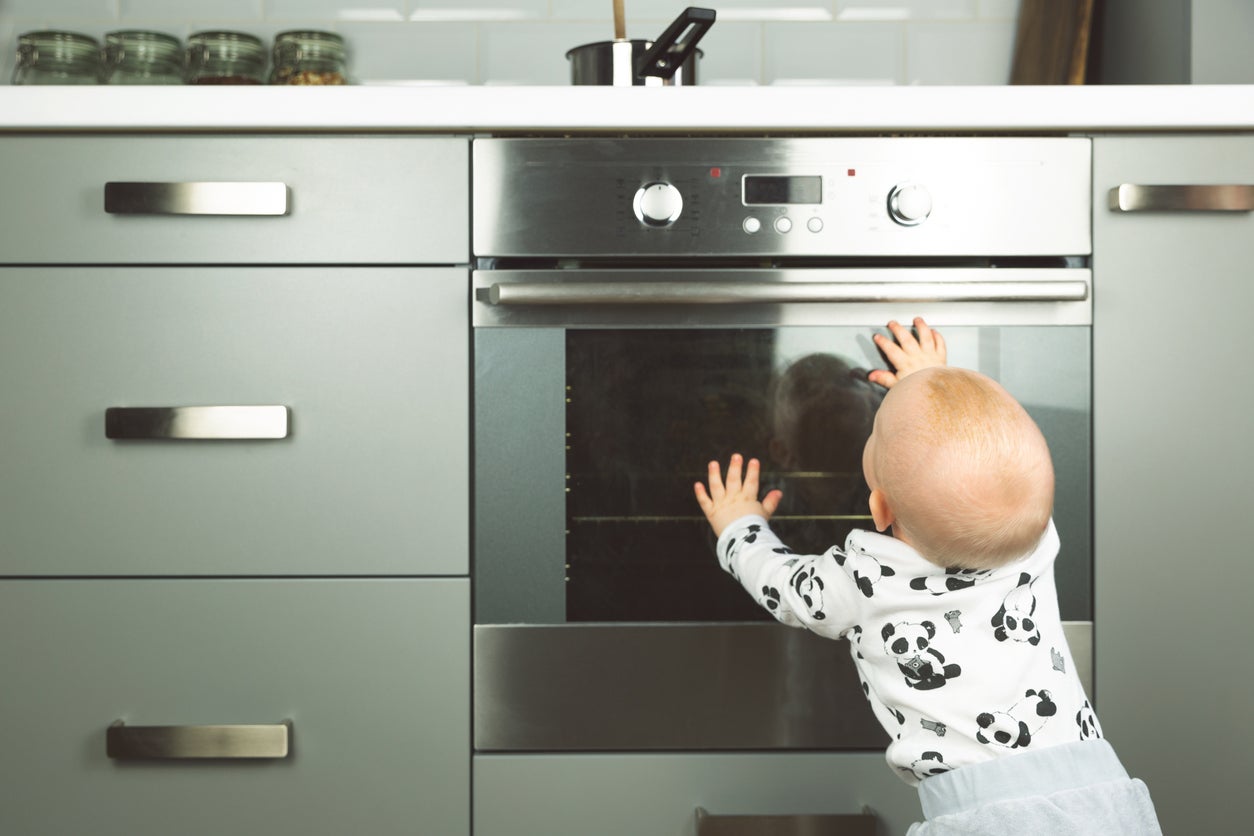
Between pets begging beneath your feet during cooking and kids running through and aimlessly touching surfaces, it’s extremely important to be aware of your surroundings when cooking is in progress. The cook can trip over moving targets underfoot and spill a greasy pan on the stove that can go up in flames.
Monitor cooking temperatures.
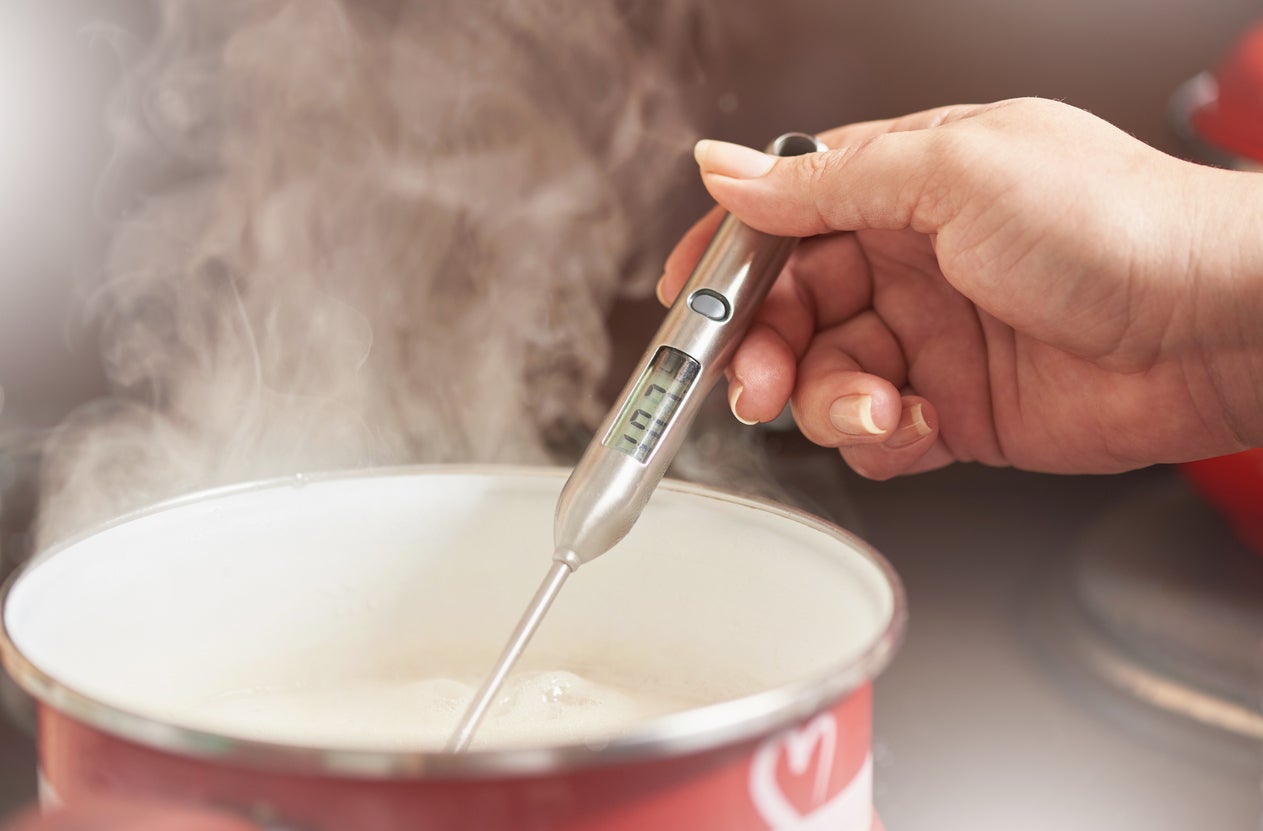
When frying foods, be mindful of an oil’s flash point, which is when the oil is hot enough to burst into flames. Spot-check using an instant-read thermometer, or even better, use a probe thermometer that clips onto the side of a pot. And don’t forget the pan of oil that’s preheating while you chop and gather ingredients.
Use a timer.
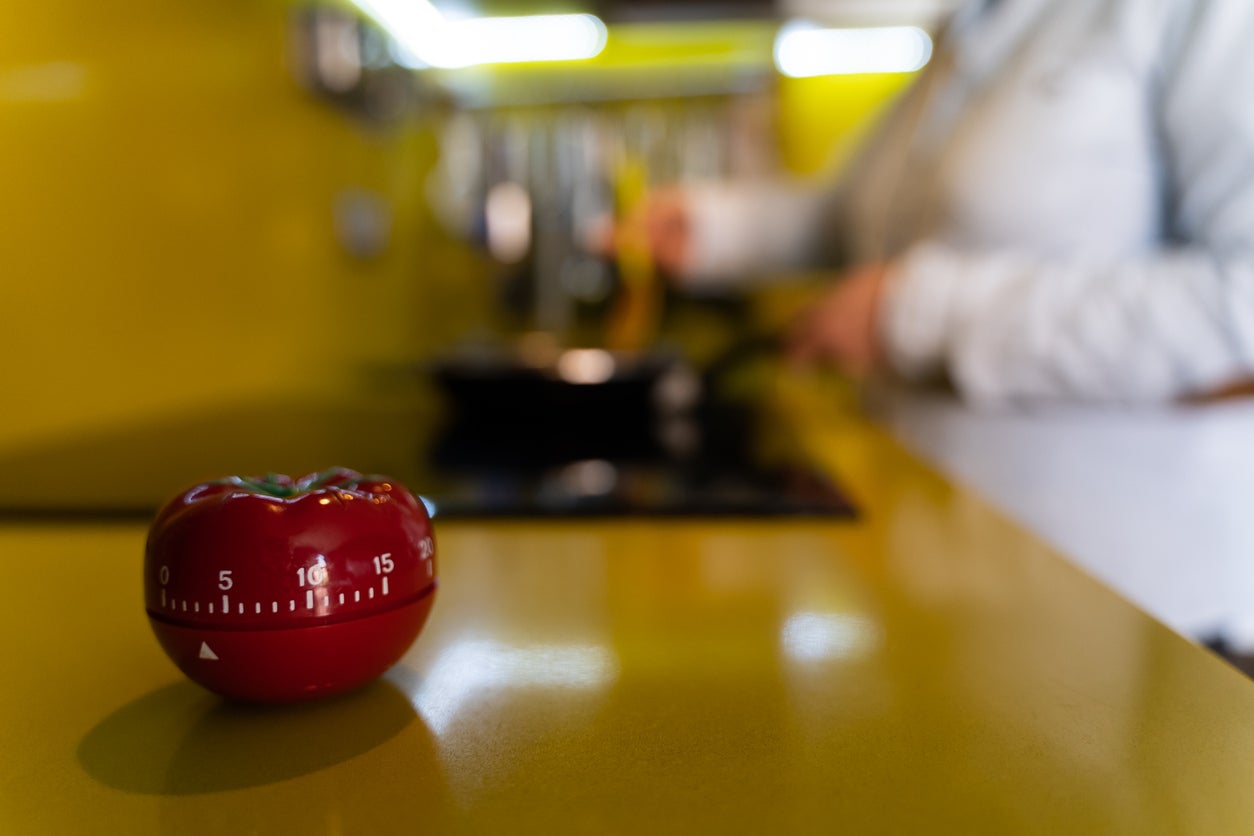
Multitasking and set-it-and-forget-it dishes can result in forgetting something is on the stove or in the oven. Food spilling and burning can ignite a fire, so be sure to set that timer in case you get distracted. A timer is also great if you remove cooked food earlier than anticipated, since it serves as an alert to turn the oven off even after the food is out.
Buy an ABC dry chemical fire extinguisher.
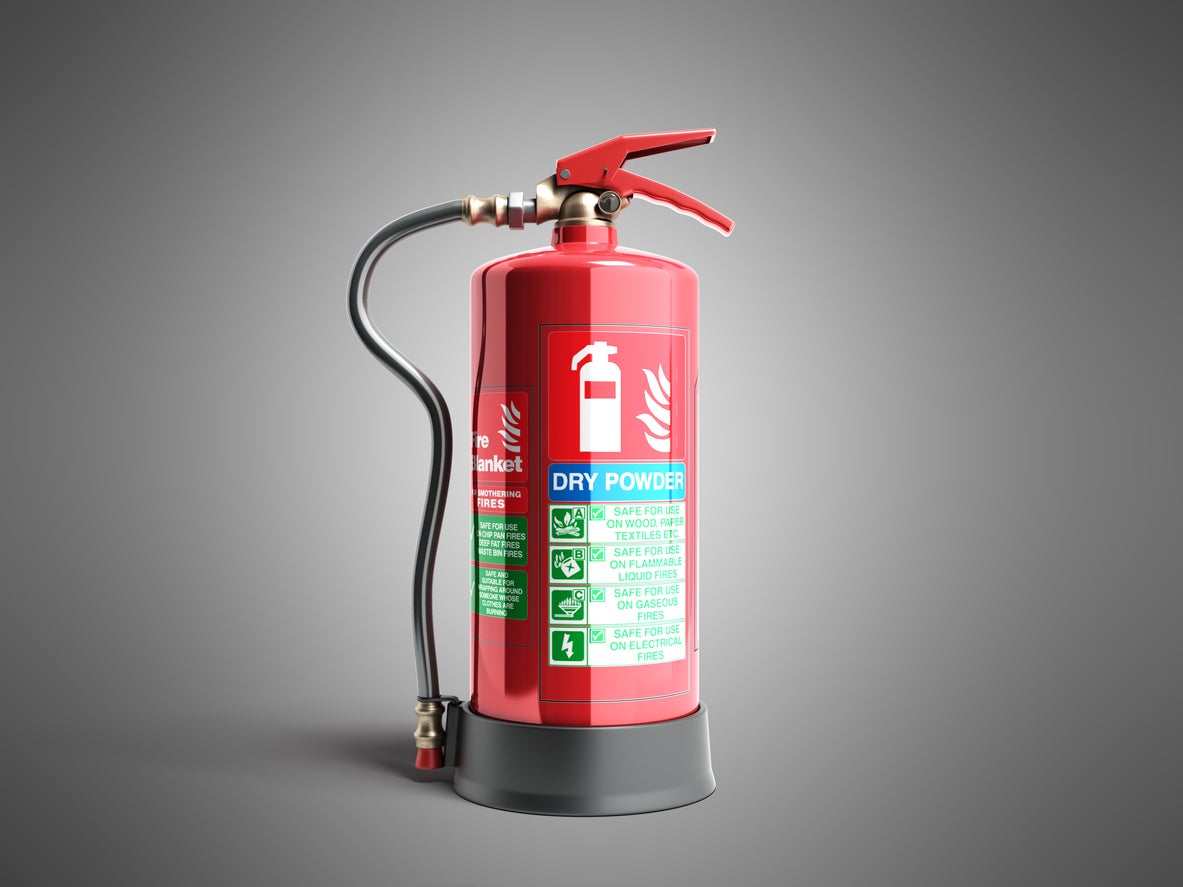
Should a fire happen, grabbing the right equipment to put it out is imperative. In fact, the wrong fire extinguisher can make matters way worse! An ABC dry chemical fire extinguisher can put out fires from ordinary combustibles such as wood and paper, and is rated to tackle electrical fires. The extinguisher also works for various liquid-caused fires, including grease and gasoline.
Use the correct size pot to avoid food boiling over.
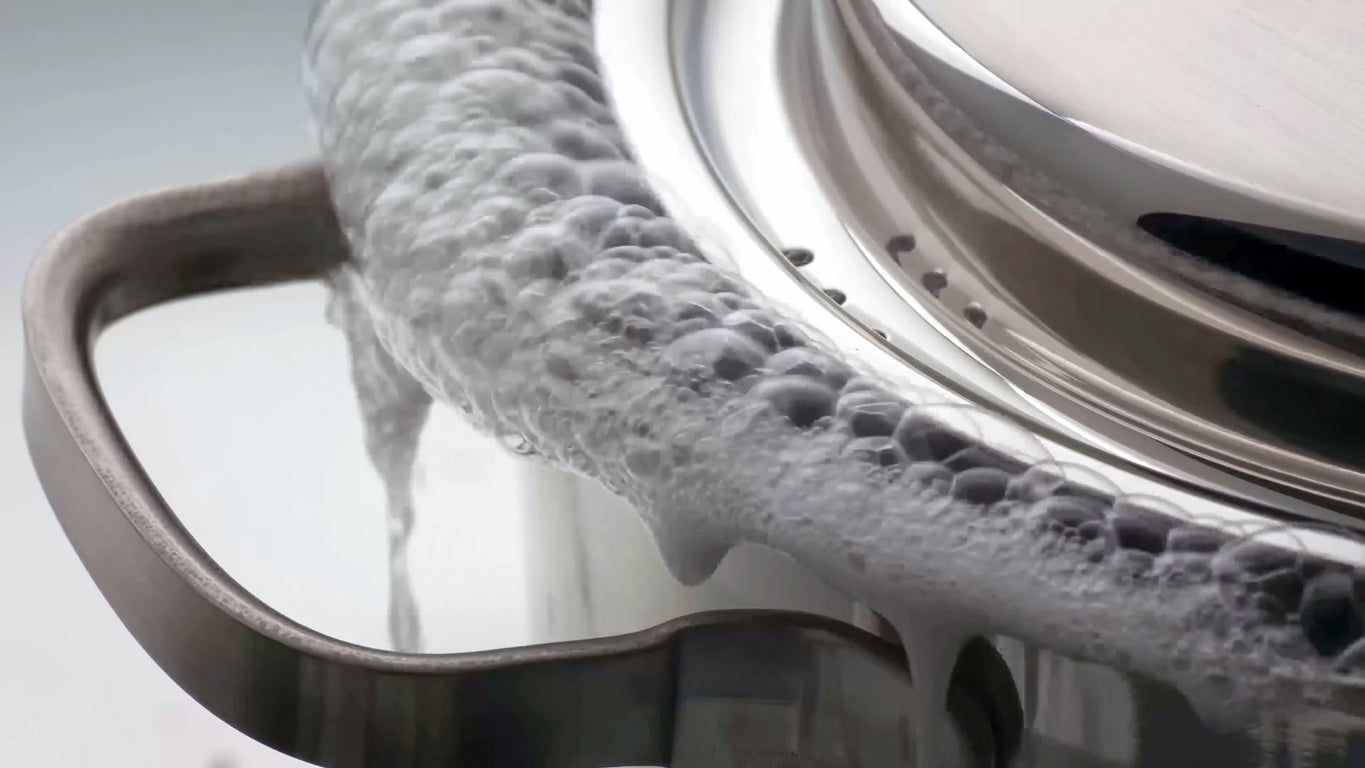
To avoid food boiling over onto the stove, be sure to use the correct size pot on the appropriate size burner. If food boils over, it can cause the flame to flare up around the pot. Don’t allow food to boil over on gas burners. This can cause the flame to go out with the gas still on, increasing the potential for a fire or explosion.
Never use the oven to heat your home.
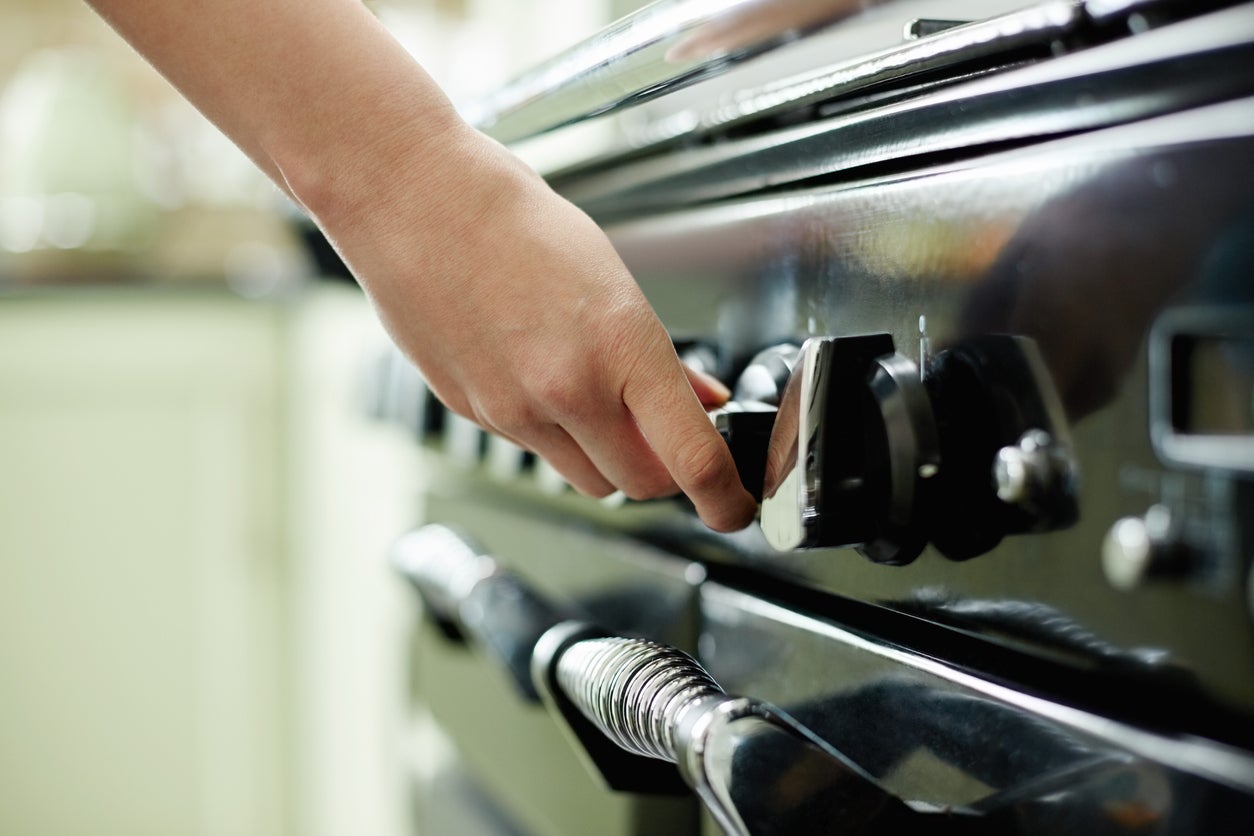
Avoid using the oven to heat the home. A gas oven can go out or burn inefficiently, resulting in
carbon monoxide poisoning. An electric oven is not intended for space heating, and so the appliance can overheat from prolonged usage, resulting in a fire.

Everything You Need for a Lush and Healthy Lawn
Keeping your grass green and your plants thriving doesn’t just take a green thumb—it starts with the right tools and supplies.
